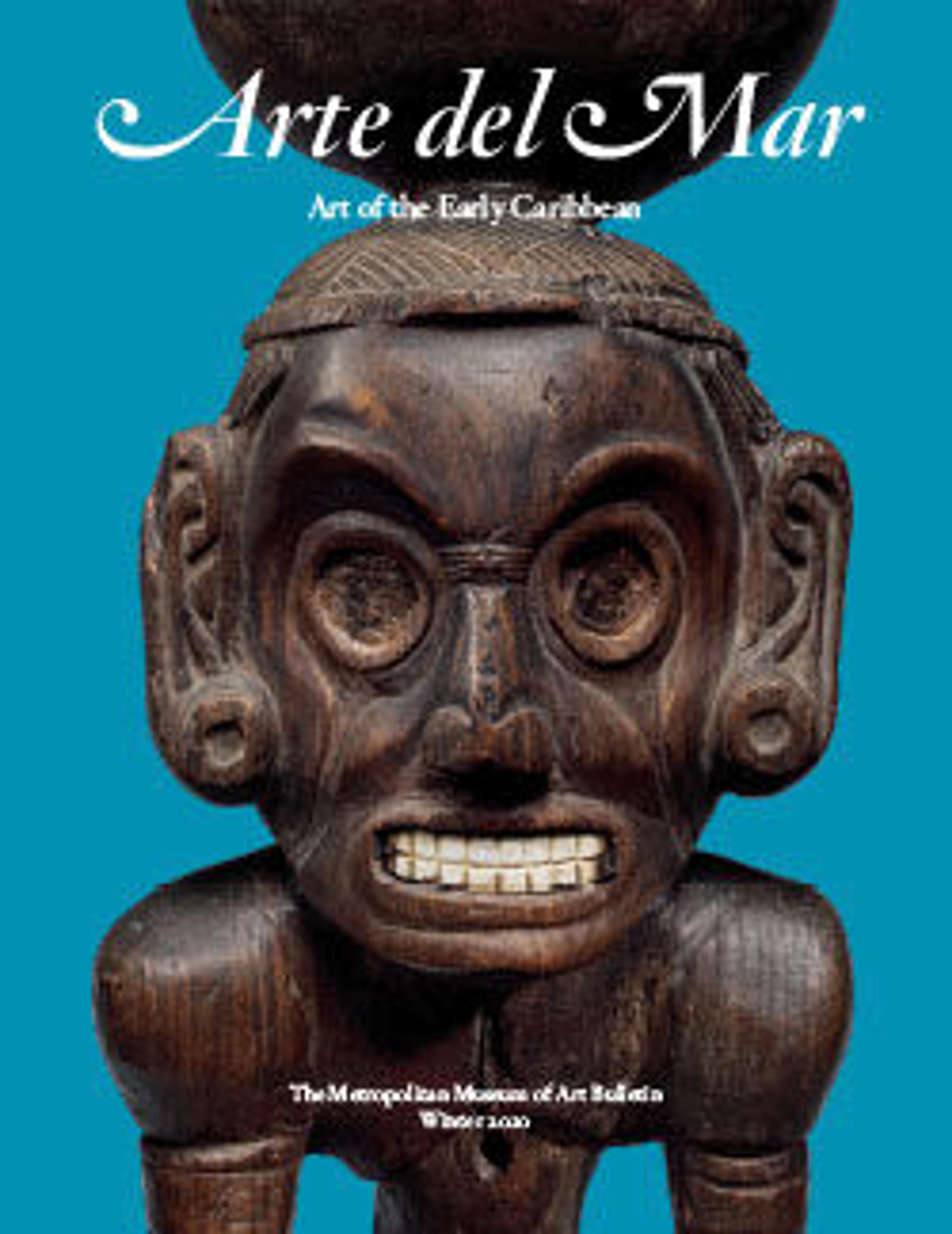Eagle Pendant
Avian pendants cast in gold, called águilas (eagles) by the invading Spanish, were symbols of mythological power in the region now known as Veraguas, Panama. Leaders in the Caribbean region widely exchanged such pendants and wore them to emulate the natural prowess of birds of prey. The supernatural birds have fanciful, hybrid features— such as neck ornaments, elaborate crests, and other protuberances—that complicate the identification of a recognizable species. The sound effects made by the pendants were important: some birds have bells for eyes, while others have bell chambers for bodies. In ceremonies the audience could have heard a ruler before they saw him or her.
Artwork Details
- Title:Eagle Pendant
- Date:11th–16th century
- Geography:Panama
- Culture:Veraguas
- Medium:Gold
- Dimensions:H. 5 1/2 × W. 6 3/4 × D. 1/8 in. (14 × 17.1 × 0.3 cm)
- Classification:Metal-Ornaments
- Credit Line:Jan Mitchell and Sons Collection, Gift of Jan Mitchell, 1991
- Object Number:1991.419.8
- Curatorial Department: The Michael C. Rockefeller Wing
More Artwork
Research Resources
The Met provides unparalleled resources for research and welcomes an international community of students and scholars. The Met's Open Access API is where creators and researchers can connect to the The Met collection. Open Access data and public domain images are available for unrestricted commercial and noncommercial use without permission or fee.
To request images under copyright and other restrictions, please use this Image Request form.
Feedback
We continue to research and examine historical and cultural context for objects in The Met collection. If you have comments or questions about this object record, please contact us using the form below. The Museum looks forward to receiving your comments.
